Doppelganger, Inspiration, Mystery, Supernatural
Doppelgangers
Doppelgangers
Continuing with concepts and events that have influenced my writing, today we look at a mystery that some brush off as dreams and stress while others swear to have experienced the terror of the doppelgangers:
Johann Wolfgang von Goethe, an 18th century German poet, was riding alone one night when he confronted something shocking. As he went along, he noticed someone was riding towards him on the lone stretch of road. As the person got closer, von Goethe noticed the man was wearing a gray suit trimmed in gold. As he got nearer, shockingly, von Goethe realized he was looking at himself, his doppelganger. Even stranger, eight years later, von Goethe was traveling down that same stretch of road, in the opposite direction, wearing a suit of gray trimmed with gold.
Throughout history there’ve been tales of people seeing their double, an identical twin to themselves, a doppelganger, German for double walker. These phantom twins are sometimes thought to be bad omens, signifying that the person seeing them is going to die, or someone close to them will meet their end. At times these twins can bring messages of peace and hope, others bring news of sorrow and destruction. In many cultures around the world there are legends of double walkers, some defined at bilocation, where a person willingly or spontaneously projects a double, known as a ‘wraith’; other times the doppelganger is an entity that causes confusion, as a person is seen in two places at once. With no shortage of stories of the doppelganger, one has to wonder what forces allow a person to be two places at the same time.
The mystery of the doppelganger has deep roots throughout history and mythology. Where many mistaken think the idea of a shadow twin is a modern science-fiction concept, the rumors of a mysterious twin date back to Ancient Egypt where an entity known as a ka, translated to mean ‘double spirit’ would contain the same feelings, memories, and emotions as the living counterpart.
In Scandinavian folklore, a Vardogr, (also called a vardyvle or vardyger) is more of a spirit predecessor in a form of reverse Déjà vu. Stories of the Vardogr reveal a spirit with the subject’s appearance, voice, scent, and footsteps that proceed the subject, causing witneses to believe that they’ve seen or heard the person before they actually arrive. The word Vardogr is a Norwegian word that means, “Premonitory sound or sight of a person before he arrives.”
Throughout history there have been many tales of people who have claimed to see their doppelganger. Some of the stories are so fantastical that they are hardly believable but others, verified by other witnesses carry some credit based on how many different people saw the doppelganger appear.
One case where many witnesses claim to have seen the doppelganger is the case of Emilie Sagee. The story was told to an American writer, Robert Dale Owen, who had been told the story by Julie von Guldenstubbe who attended an exclusive all girl’s school in what is now Latvia. Emilie Sagee was a 32 year old teacher at the school von Guldenstubbe attended who was the rumor of strange speculation. Students claimed that Sagee had a double that would appear and disappear in full view of students.
Reports of Sagee writing at the chalkboard when the doppelganger would appear, mimicking the actions of the teacher at the board. Other times the doppelganger would sit in a chair while Sagee worked or ate. Once, when the doppelganger appeared in a chair inside the school, when Sagee could be seen outside in a garden, two fearless girls approached the apparition and tried to touch it. The girls claimed to feel an odd resistance in the air surrounding it. The apparition remained motionless and slowly vanished.
Although Sagee herself never saw the doppelganger, she did claim that when others had claimed to see it, Sagee would feel drained, stressed, and fatigued. Others noticed that her physical appearance seemed to change, she’d get pale and look sick. Many of the doppelganger sightings were witnessed by up to forty of the schoolgirls who attended the school.
Many skeptics will point to the strangeness of the encounters, the lack of certain details about the doppelgangers, and the circumstances around the situations and conclude that the doppelganger phenomena is nothing more than a construct in a dream. They say that the many people who claim to have seen relatives and friends just after they died were in state of shock to begin with, and the mind created the situation as a coping mechanism.
A common doppelganger story that skeptics attribute to dreams is where someone near and dear is dying. A person might be in a room in the same house or across the county but swear that they saw the dying friend enter the room and have a conversation with them. They later find out that the conversation happened moments after the friend passed away. Although this strange style of event could also be classified as a ghostly encounter, it fits the definitions of the doppelganger as well. Many skeptics will point to the fact that the person who saw the doppelganger was tired at the time, and that they were stressed with the fact a friend was dying.
One such instance of an event like this took place in 1612 in Paris. John Donne, the English metaphysical poet, claimed to see his wife’s doppelganger on the night that their daughter was stillborn. Donne claimed to have dreadful visions of his wife passing by him twice, with a dead child in her arms. This account appears in the first editions of ‘Life of Dr. John Donne’ published in 1975.
Another similar situation happened on June 22nd, 1893. George Tryon was a Vice Admiral, working on the HMS Victoria, a ship in a Mediterranean Squadron. That night in Eaton Square, London, his wife was hosting a party at their home when Tryon was seen walking through the drawing room of the home. He was looking straight ahead, not saying a word to anyone. It was later reported that he had gone down with his ship that very night, in a bizarre accident when his ship collided with the HMS Camperdown, off the coast of Syria.
Heautoscopy is a psychiatry term for the reduplicative hallucination of “seeing one’s own body at a distance.” It is deemed a symptom of both epilepsy and schizophrenia and is used by some in the medical and psychiatric fields to explain the doppelganger occurrences. Heautoscopy cannot explain, however, is the accounts of others who see the doppelganger moving about like the case of Emilie Sagee and Vice Admiral George Tryon.
There are many other historical accounts of the doppelganger. Guy de Maupassant, a French novelist claimed his doppelganger haunted him near the end of his life, even writing the short story “Lui” about the experience. Percy Bysshe Shelly, an English post encounter his doppelganger in Italy. The doppelganger was said to be pointing to the Mediterranean Sea, where Shelley died in a sailing accident not long after.
What forces are out that that protect us in times of hardship and guide us in times of need? Are these visits by a doppelganger the vision of our death? Are they here to warn us that something is going to happen that we can change or are they coming to prepare us for what is about to happen? The doppelganger is like a trickster in mythology, where we don’t know the true purpose but the doppelgangers come to us anyway, when we least expect it.
To see how doppelgangers how influenced my science fiction writing visit www.leifericksonwriting.com and buy my books today.
New Oxford American Dictionary, 2nd Edition, 2005.
Betty T. Bennett. The Letters of Mary Wollstonecraft Shelley. Johns Hopkins University Press, Baltimore, 1980. Volume 1, page 245.
Leonard Zusne, Warren H. Jones (1989). Anomalistic Psychology: A Study of Magical Thinking. Lawrence Erlbaum Associates. ISBN 978-0-805-80507-9.
Christina Hole (1950). Haunted England: A survey of English ghost-lore. B. T. Batsford.

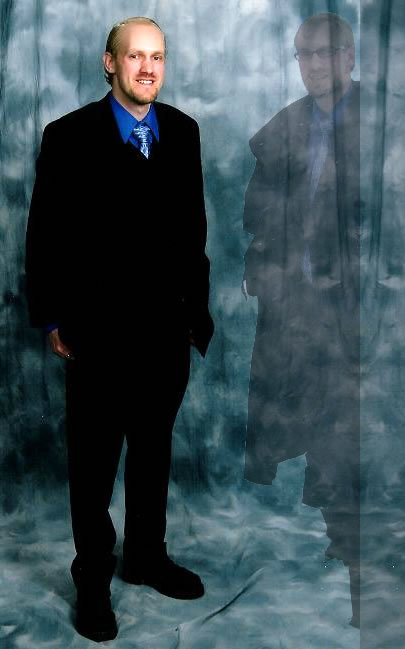
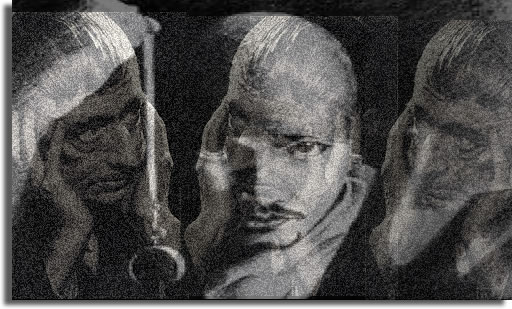
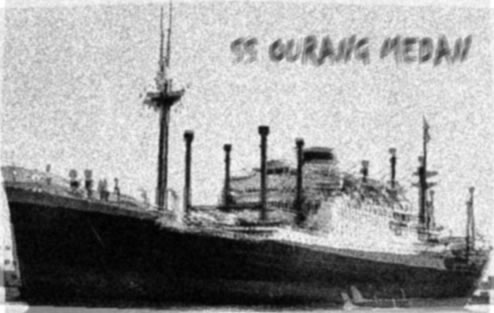



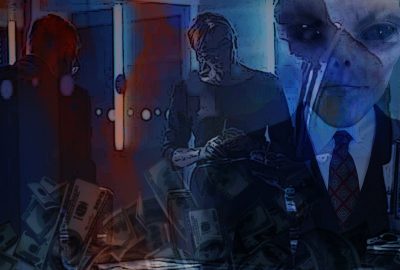




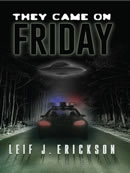



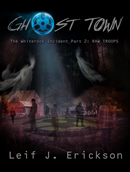

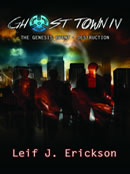








Leave a reply
You must be logged in to post a comment.